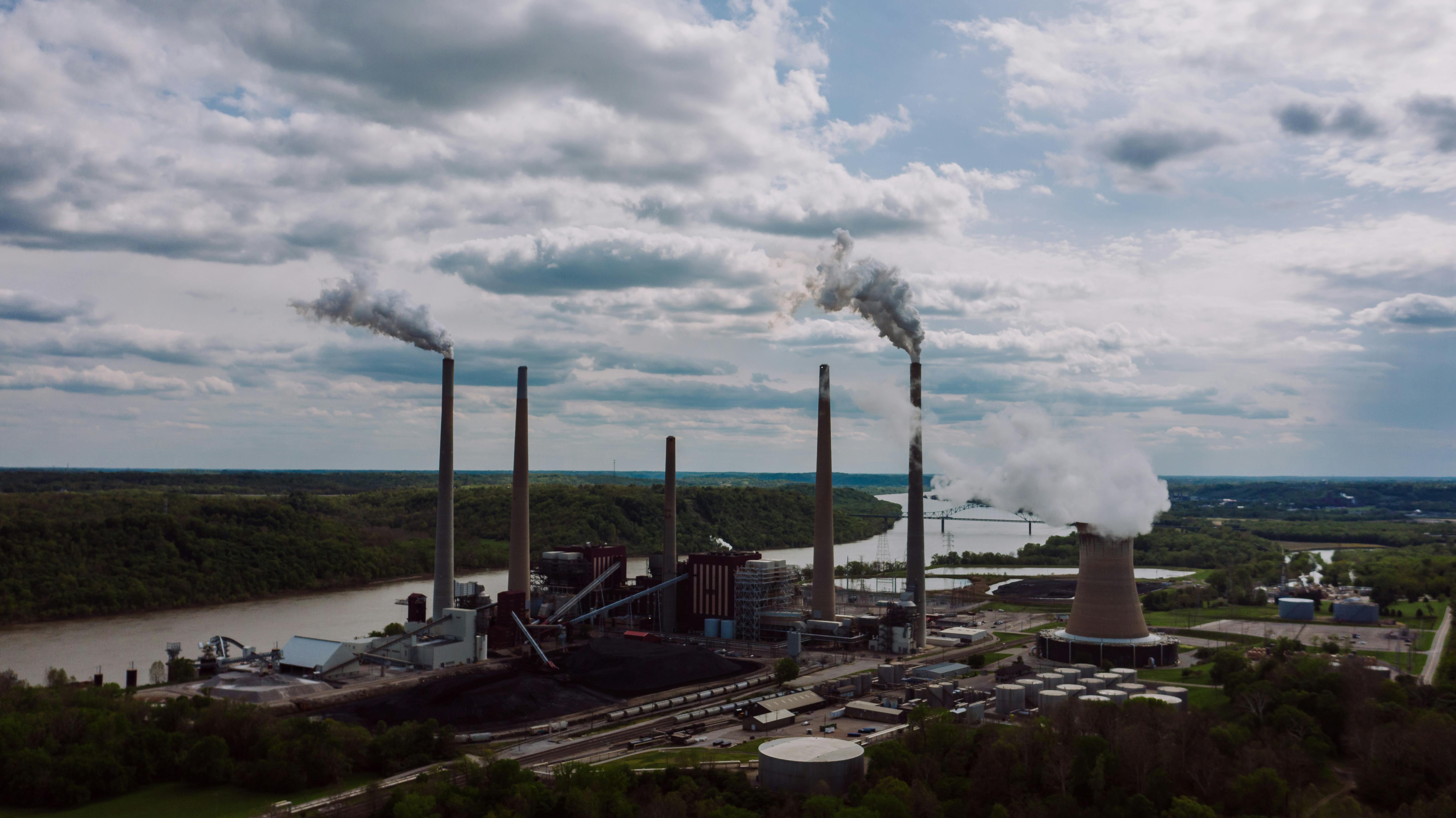
In oil and gas production, efficiency and safety take center stage. Gas and liquid separators ensure these objectives are met, functioning as the heroes supporting energy production behind the scenes. This article delves into how this vital equipment streamlines production operations, guaranteeing that the industry functions smoothly and sustainably.
Unveiling the Role of Gas and Liquid Separators
Gas and separators are components in the oil and gas sector specifically designed to separate gases from liquids such as oil and water. This separation process is critical for the following reasons: it improves the quality of extracted products, prevents damage to equipment, and maintains optimal operating conditions within processing units.
The Science Behind Separation
The fundamental principle governing gas-liquid separation is rather simple—it involves segregating substances based on their densities. Gases, being less dense than liquids, ascend to the top of the separator for collection purposes. In contrast, liquids settle at the bottom. This uncomplicated procedure plays a role in averting operational issues like liquid carryover into gas pipelines, which can result in efficiency setbacks and safety risks.
Types of Separators Used
In oil and gas plants, various types of gas and liquid separators are utilized to meet needs and conditions:
Horizontal Separators
Commonly deployed when dealing with amounts of gas and liquid.
Vertical Separators
Go to choice for cramped spaces or situations with gas-to-liquid ratios.
Spherical Separators
A space-saving option with proportions of gas and liquid for volume capacities.
Advancements in Separator Technology
The progress of technology has greatly influenced the design and effectiveness of separators. Modern separators come equipped with components like mist extractors and coalescers, which enhance separation efficiency by reducing emulsion formation and improving separation.
Economic Impact of Efficient Separation
The efficiency of gas and liquid separators plays a role in the performance of oil and gas facilities. Enhanced separation technology results in higher-quality products, reduced maintenance downtime, and prolonged equipment lifespan. These factors contribute to cost savings and operational efficiency, demonstrating that effective separation technology is not only a necessity but also a smart economic move.
Environmental Considerations
Apart from the consequences, the effectiveness of gas and liquid separators also carries implications. Efficient separation plays a role in reducing waste and emissions from oil and gas facilities, which is essential for protecting the environment. It also helps comply with regulations and lessens the impact of extracting hydrocarbons.
Challenges and Solutions
While gas and liquid separators offer advantages, their operation can be complex. Issues such as foaming, emulsion formation, and corrosion can hinder separation efficiency. Nonetheless, ongoing research in treatments and materials science is continuously introducing solutions to improve the performance of these separators.
The Future of Separation Technology
With the increasing energy demands, advanced separation technology is becoming increasingly necessary. Future developments are expected to focus on automation and real-time monitoring systems that can anticipate and adjust separation settings without intervention.
Gas and liquid separators are vital for enhancing oil and gas operations' efficiency, safety, and environmental sustainability. Their role in refining production processes and ensuring high-quality output cannot be overstated. With the ongoing advancements in separation technology, the industry is set to become even more efficient and less environmentally invasive. For cutting-edge solutions in gas and liquid separation technology, visit otsoenergy.com. Embracing these advancements will improve operational efficiencies and support the industry in responsibly meeting the increasing global energy demands.







